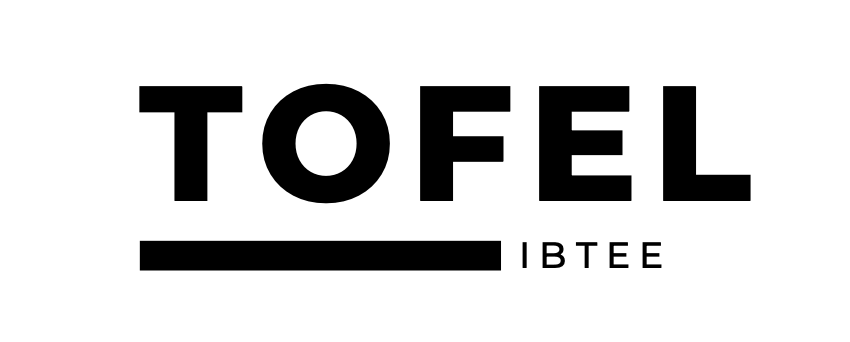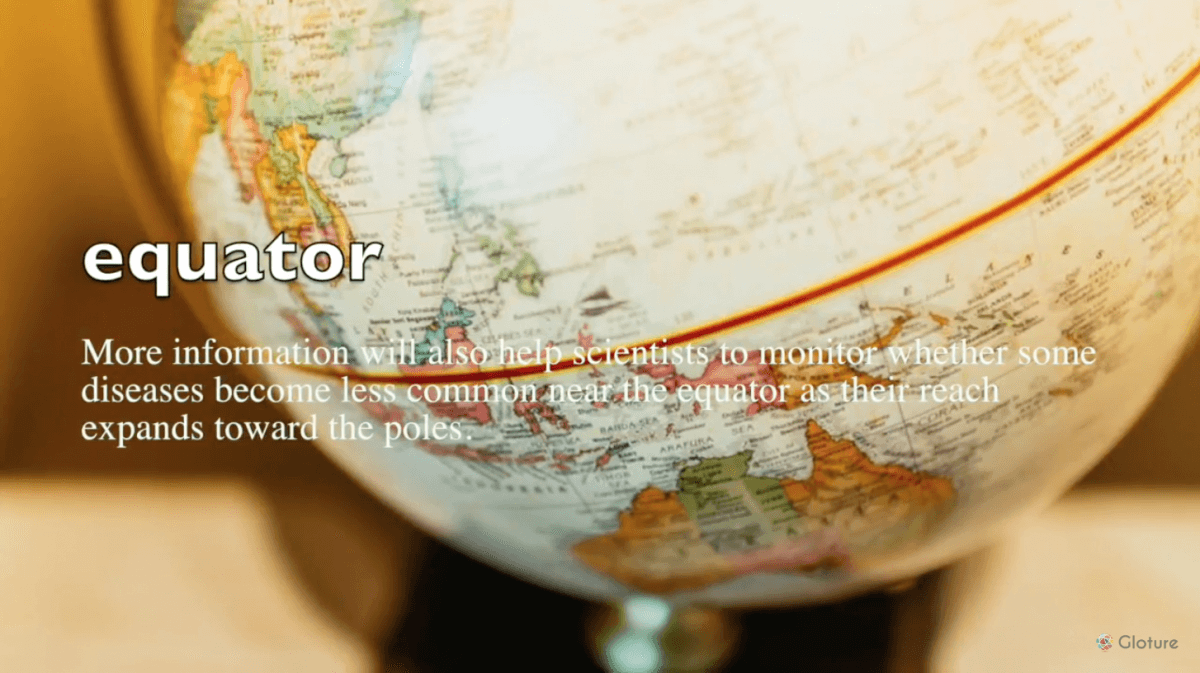The history of clinical nutrition, or the study of the relationship between health and how the body takes in and utilizes food substances, can be divided into four distinct eras: the first began in the nineteenth century and extended into the early twentieth century when it was recognized for the first time that food contained constituents that were essential for human function and that different foods provided different amounts of these essential agents. Near the end of this era, research studies demonstrated that rapid weight loss was associated with nitrogen imbalance and could only be rectified by providing adequate dietary protein associated with certain foods.
The second era was initiated in the early decades of the twentieth century and might be called “the vitamin period.” Vitamins came to be recognized in foods, and deficiency syndromes were described. As vitamins became recognized as essential food constituents necessary for health, it became tempting to suggest that every disease and condition for which there had been no previous effective treatment might be responsive to vitamin therapy. At that point in time, medical schools started to become more interested in having their curricula integrate nutritional concepts into the basic sciences. Much of the focus of this education was on the recognition of vitamin deficiency symptoms. Herein lay the beginning of what ultimately turned from ignorance to denial of the value of nutritional therapies in medicine. Reckless claims were made for effects of vitamins that went far beyond what could actually be achieved from the use of them.
In the third era of nutritional history in the early 1950’s to mid-1960s, vitamin therapy began to fall into disrepute. Concomitant with this, nutrition education in medical schools also became less popular. It was just a decade before this that many drug companies had found their vitamin sales skyrocketing and were quick to supply practicing physicians with generous samples of vitamins and literature extolling the virtue of supplementation for a variety of health-related conditions.
Expectations as to the success of vitamins in disease control were exaggerated. As is known in retrospect, vitamin and mineral therapies are much less effective when applied to health-crisis conditions than when applied to long-term problems of undernutrition that lead to chronic health problems.
Questions:
1. What does the passage mainly discuss?
(A) The effects of vitamins on the human body
(B) The history of food preferences from the nineteenth century to the present
(C) The stages of development of clinical nutrition as a field of study
(D) Nutritional practices of the nineteenth century
2. It can be inferred from the passage that which of the following discoveries was made during the
first era in the history of nutrition?
(A) Protein was recognized as an essential component of diet.
(B) Vitamins were synthesized from foods.
(C) Effective techniques of weight loss were determined.
(D) Certain foods were found to be harmful to good health.
3. The word “tempting” in line 12 is closest in meaning to
(A) necessary
(B) attractive
(C) realistic
(D) correct
4. It can be inferred from the passage that medical schools began to teach concepts of nutrition in
order to
(A) convince medical doctors to participate in research studies on nutrition
(B) encourage medical doctors to apply concepts of nutrition in the treatment of disease
(C) convince doctors to conduct experimental vitamin therapies on their patients
(D) support the creation of artificial vitamins
5. The word “Reckless” in line 18 is closest in meaning to
(A) recorded
(B) irresponsible
(C) informative
(D) urgent
6. The word ‘them” in line 19 refers to
(A) therapies
(B) claims
(C) effects
(D) vitamins
7. Why did vitamin therapy begin losing favor in the 1950’s
(A) The public lost interest in vitamins.
(B) Medical schools stopped teaching nutritional concepts.
(C) Nutritional research was of poor quality
(D) Claims for the effectiveness of vitamin therapy were seen to be exaggerated.
8. The phrase “concomitant with” in line 21 is closest in meaning to
(A) in conjunction with
(B) prior to
(C) in dispute with
(D) in regard to
9. The word “skyrocketing” in line 23 is closest in meaning to
(A) internationally popular
(B) increasing rapidly
(C) acceptable
(D) surprising
10. The word “extolling” in line 24 is closest in meaning to
(A) analyzing
(B) questioning
(C) praising
(D) promising
11. The paragraph following the passage most probably discusses
(A) the fourth era of nutrition history
(B) problems associated with undernutrition
(C) how drug companies became successful
(D) why nutrition education lost its appeal
Answers:
CABBB DDABCA
- キーワードで記事を検索








